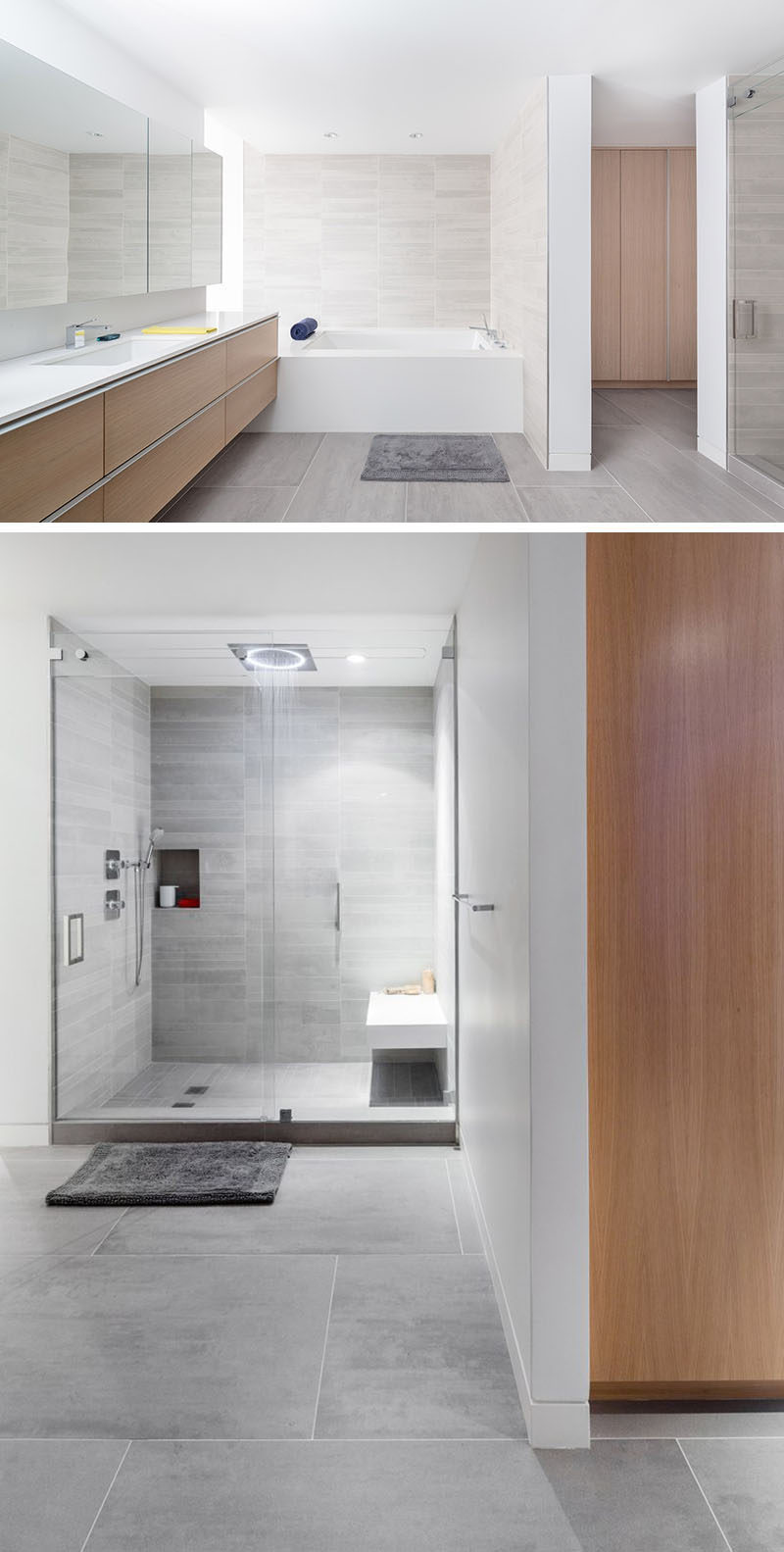Have you ever looked at the beautiful mosaic wall tiles in your bathroom and thought, “Wouldn’t those be amazing on my kitchen floor?” Well, you’re not alone. Many homeowners wonder if they can save money and achieve a unique look by using wall tiles on their floors. While the idea might seem tempting, the truth is a bit more nuanced.

Image: ctisprime.com
Whether or not you can use wall tiles on your floor depends on several factors, including the tile material, its thickness, and the intended traffic level. This article delves into the intricacies of using wall tiles on the floor, empowering you with the knowledge to make informed decisions for your home renovation projects.
Understanding the Differences Between Wall and Floor Tiles
Before we dive into the specifics, let’s understand the fundamental differences between wall tiles and floor tiles. Wall tiles are designed primarily for aesthetic appeal. They are generally thinner and lighter, focusing on beauty rather than durability. Floor tiles, on the other hand, are built for the rigors of foot traffic. They are thicker and denser, capable of withstanding heavy loads and wear and tear.
Key Considerations for Using Wall Tiles on the Floor
Now, let’s explore the crucial factors that determine whether you can successfully use wall tiles on your floor:
1. Tile Material:
- Ceramic: While basic ceramic wall tiles can sometimes be used on the floor, it’s best to look for thicker, more robust ceramic tiles specifically designated for floors. These tiles are designed to handle the heavier loads and abrasive forces of foot traffic.
- Porcelain: Porcelain tiles are generally thicker and denser than ceramic tiles, making them an excellent choice for high-traffic areas. Although they are often used on walls, porcelain tiles are built for durability and can confidently handle the demands of floor usage.
- Glass: Glass tiles are gorgeous and add a touch of luxury to any space, but they are best suited for walls. Glass is relatively fragile and susceptible to scratches and chipping under foot traffic.
- Stone: Natural stone tiles like granite, marble, and slate are strong and durable enough for floor use. However, even within stone tiles, there are variations in thickness and density. Always choose stone tiles that are specifically designed for floors and consult with a professional to ensure they are appropriate for your project.
2. Tile Thickness:
Floor tiles are typically thicker than wall tiles, providing increased stability and resistance to cracking. A general guideline is that floor tiles should have a thickness of at least 8mm. While some wall tiles might be around 6mm thick, they are not recommended for floor use due to their vulnerability to damage.
3. Tile Rating:
Floor tiles are rated for their ability to withstand abrasion and impact, often using a PEI (Porcelain Enamel Institute) rating system. Higher PEI ratings indicate greater durability and suitability for high-traffic areas. Wall tiles, on the other hand, are not tested for these properties.
4. Intended Traffic:
Consider the amount of foot traffic your floor will experience. If you have a high-traffic area like a kitchen or entryway, using wall tiles is not recommended. They might crack or chip underfoot traffic, leading to safety hazards and an unpleasant appearance.
When Using Wall Tiles on the Floor is Acceptable
While it’s not always recommended, there are situations where using wall tiles on the floor could be acceptable, but only if:
- Low Traffic Areas: If you have a low-traffic area like a powder room or a guest bedroom where foot traffic is minimal, using wall tiles might work.
- Grouting: Use high-quality grout for your wall tiles on the floor. This will help to keep the tiles together and prevent them from cracking.
- Careful Selection: Choose wall tiles that are made of a durable material, like porcelain or thick ceramic.
- Professional Installation: It is crucial to have the tiles installed by a skilled and experienced professional who can use proper techniques and materials to ensure the tiles are properly secured and supported.

Image: dragon-upd.com
Expert Insights and Actionable Tips
- Consult a Professional: Before embarking on your tiling project, schedule a consultation with a qualified tile installer or contractor. They can assess your specific situation, recommend appropriate tiles, and provide professional installation, ensuring the longevity and safety of your floor.
- Research Tile Specifications: When choosing tiles, thoroughly examine their technical specifications, including their thickness, material, and PEI rating. These specifications will provide invaluable insights into their suitability for floor use.
- Visualize the Effects: Consider the overall aesthetic effect of using wall tiles on your floor. Would it fit the style and ambiance of your space? Would it look out of place or create an undesirable contrast with other elements in the room?
Can U Use Wall Tiles On The Floor
Conclusion
While using wall tiles on the floor may seem like a cost-effective solution, it’s crucial to proceed with caution and careful consideration. Understand the differences between wall and floor tiles, consider the factors mentioned above, and consult with a professional for guidance. By making informed decisions and prioritizing safety and durability, you can ensure that your floor is not only visually appealing but also functional and long-lasting.






